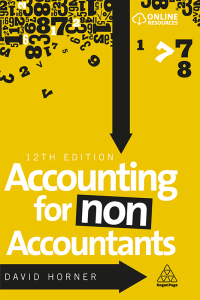Answered step by step
Verified Expert Solution
Question
1 Approved Answer
analysing and addressing the tax issues in question 5. To be specific, this task requires me to make an oral presentation with PPTs: analysing and

analysing and addressing the tax issues in question 5.
To be specific, this task requires me to make an oral presentation with PPTs: analysing and addressing the tax issues in the assigned question.
Therefore, please provide detailed and thorough analysis of tax issues for question 5 with showing terms or relevant tax law ACT e.g. s 51
(d) a side annex to the shop was sold on 30 June 2021 for $180,000. The market value for the remainder of the shop at that date was $950,000. 5. James's grandmother died on 1 November 2010 and, in her will, left James cash and jewellery worth $500,000. The jewellery had been bought by James's grandmother in August 1990 at a cost of $40,000, and its market value on 1 November 2010 was $150,000. James used the money from his grandmother and his savings to buy the following assets in January 2011: (a) an apartment in Melbourne (cost was $360,000 plus $20,000 legal fees and stamp duty), (b) a rare painting (cost was $50,000), and (c) 2,000 bank shares (cost was $20 per share, plus $200 brokerage). In 2020/21, James disposed of these assets as follows: (1) on 12 March 2021, he sold the apartment for $820,000 - he had lived in it all the time he owned it, (2) on 1 April 2021, the painting was stolen from his apartment - he received $50,000 compensation from his insurance company, (3) on 13 May 2021, James sold 1000 bank shares for $30 per share (brokerage cost $150), and (4) on 15 June 2021, he lost the jewellery, which wasn't insured, when he left his briefcase on a train. What are the CGT consequences of the sales? (d) a side annex to the shop was sold on 30 June 2021 for $180,000. The market value for the remainder of the shop at that date was $950,000. 5. James's grandmother died on 1 November 2010 and, in her will, left James cash and jewellery worth $500,000. The jewellery had been bought by James's grandmother in August 1990 at a cost of $40,000, and its market value on 1 November 2010 was $150,000. James used the money from his grandmother and his savings to buy the following assets in January 2011: (a) an apartment in Melbourne (cost was $360,000 plus $20,000 legal fees and stamp duty), (b) a rare painting (cost was $50,000), and (c) 2,000 bank shares (cost was $20 per share, plus $200 brokerage). In 2020/21, James disposed of these assets as follows: (1) on 12 March 2021, he sold the apartment for $820,000 - he had lived in it all the time he owned it, (2) on 1 April 2021, the painting was stolen from his apartment - he received $50,000 compensation from his insurance company, (3) on 13 May 2021, James sold 1000 bank shares for $30 per share (brokerage cost $150), and (4) on 15 June 2021, he lost the jewellery, which wasn't insured, when he left his briefcase on a train. What are the CGT consequences of the salesStep by Step Solution
There are 3 Steps involved in it
Step: 1

Get Instant Access to Expert-Tailored Solutions
See step-by-step solutions with expert insights and AI powered tools for academic success
Step: 2

Step: 3

Ace Your Homework with AI
Get the answers you need in no time with our AI-driven, step-by-step assistance
Get Started


